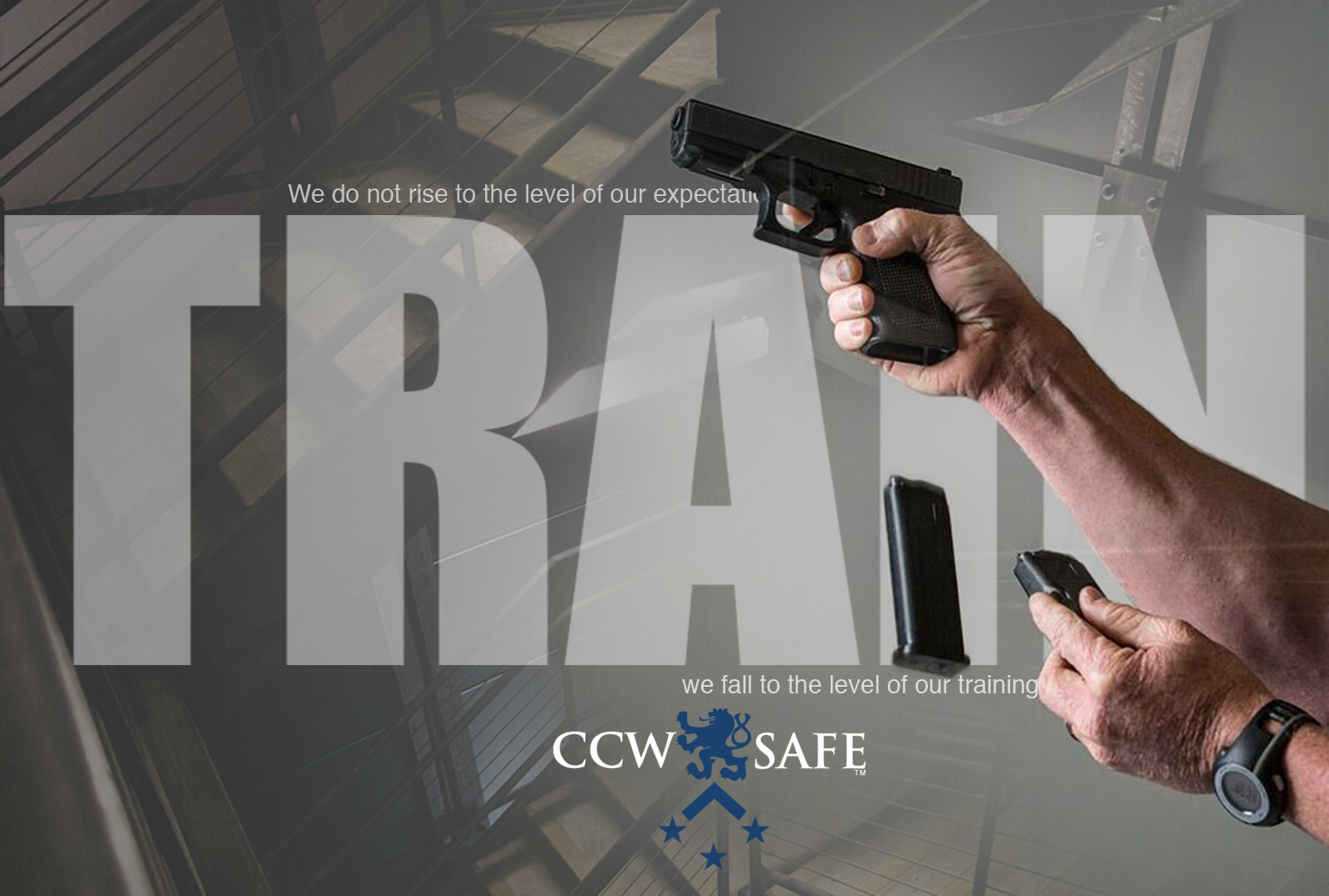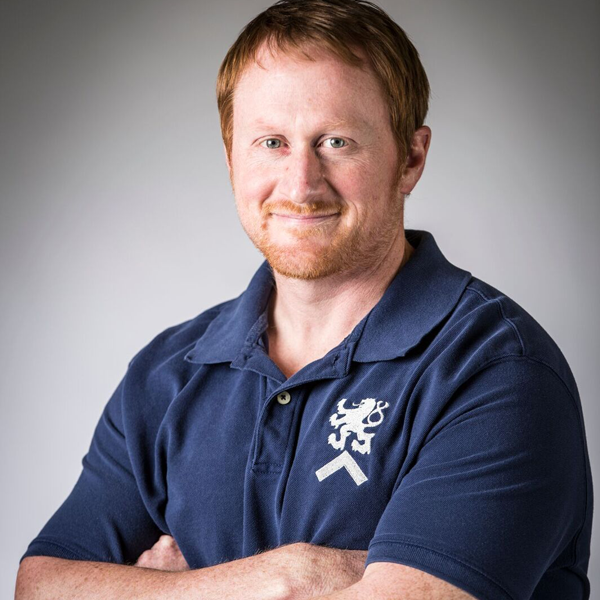
Posted on November 2, 2017 by support@ccwsafe.com in Training
Complete Firearms Training
Complete Firearms Training
Training, according to the Webster dictionary, “is a process by which someone is taught the skills that are needed for an art, profession, or job.” The Webster dictionary also states that it is “the process by which an athlete prepares for competition by exercising, practicing, etc.” So why do we train? This may sound like a rhetorical question to some, but it is an honest question and one that we need to answer honestly.
“We do not rise to the level of our expectations, we fall to the level of our training.”
CCW Safe encourages members to train with their firearm(s) and other areas of personal defense. We encourage anyone who carries a firearm for self protection to train. While we all may not be athletes, we do have a job, and that job is personal defense. There are several facets to personal defense. Those include protecting not only ourselves, but our family and possibly our friends, coworkers, or even strangers depending on the situation. This job also means that we are responsible for every projectile that leaves our firearm. In essence, our job is to be adequately prepared and to be proficient with our firearm. The only way to do that, is through continuous training. So, what type and how much training should I do?
Seek out quality training from professionals with real world experience. Some of those professionals are law enforcement and former special operations members from the military. Real world experience is important for laying a foundation for carrying a personal defense firearm. There are great professional shooters that you can learn a great deal from, but make sure to include training from professionals that have worked in law enforcement and military special operations. These types of professionals provide stress inoculation training, the proper mindset, defensive tactics and valuable input based on their experiences facing deadly threats. They can help educate you on the physiological elements and stress that can occur when you are in a deadly force incident. Training should be a continuous life long process, and include more than training with your firearm.
Your training regiment should include basic medical training. This training should include the use of tourniquets, hemostatic gauze, and other basic life saving information. You may end up wounded trying to defend yourself, or come across someone needing basic medical aid. You are more likely to help someone needing medical attention than you are someone needing protection from a deadly threat.
Understanding the legal process and having a plan after a self defense shooting, or use of force incident is a very important aspect of being adequately prepared when defending yourself. This is something that CCW Safe not only helps educate on, but has put into practice in several cases, most notably with Stephen Maddox. Training should emphasize situational awareness and avoiding threats, or potential threats. Situational awareness and avoiding potential threats is our greatest tool for personal defense. As you can see, training should go well beyond the range and firing bullets.
Our training and education should be continuous and go beyond firearms training. Our training should evolve to match new threats and potential threats. CCW Safe emulates that model of training by continuing to improve its services and capabilities for its members. CCW Safe isn’t just a company, it is a community; one that is built on trust and Integrity through it’s core values- dedication, commitment, caring, leadership, and experience. CCW Safe is backed by experienced law enforcement and special operations veterans who understand the value of training, and how the right training, and mind set, can save your life. Don’t go out and train to take a life, go out and train to save a life.
-

-
Dustin Merritt
Dustin Merritt is a former East coast SEAL team member, and is a firearms instructor, and owner of Integrated Tactical Training, LLC. Dustin served in OEF, OIF and other areas around the world. He was also a marksmanship and tactics instructor while in the TEAMs.